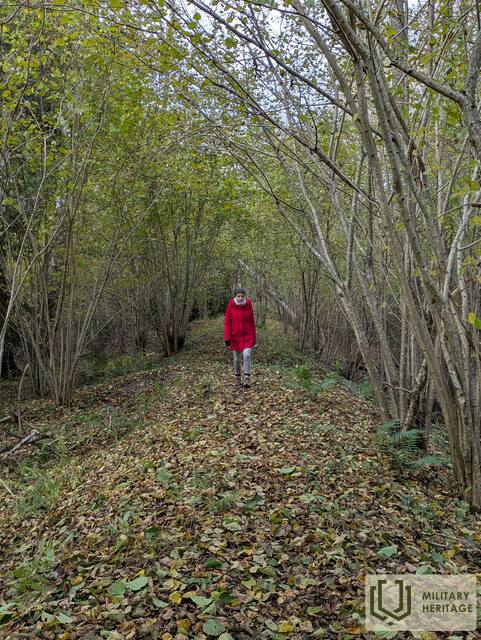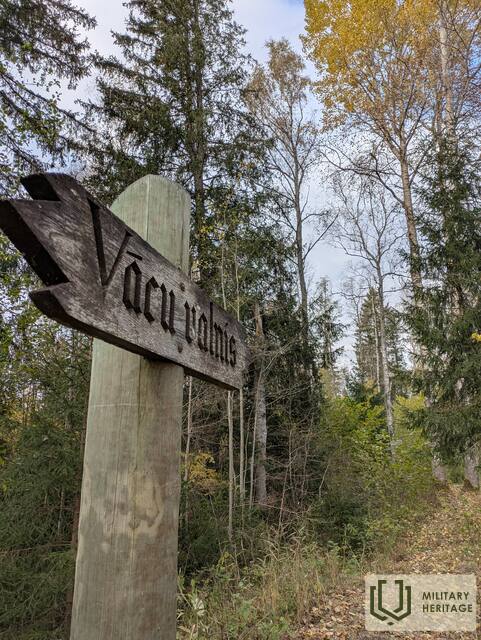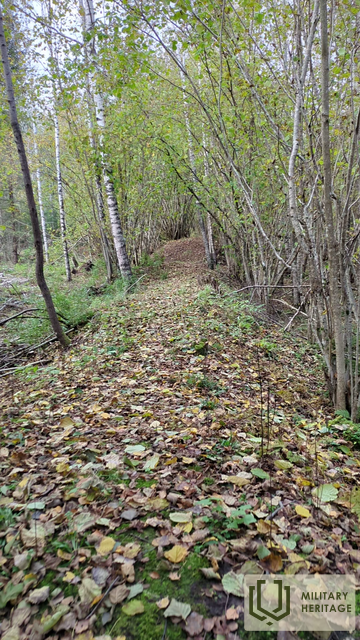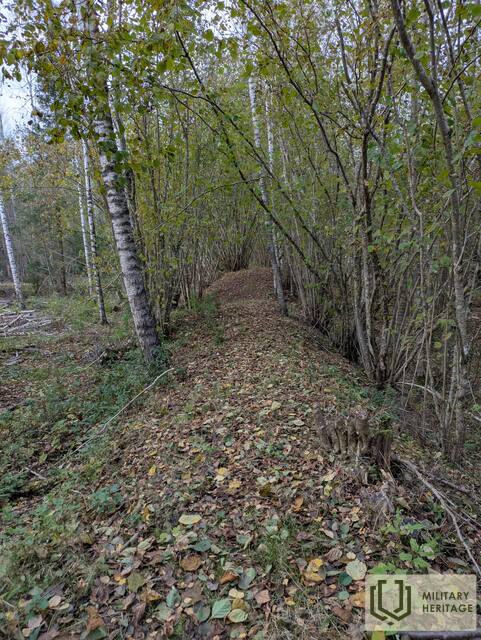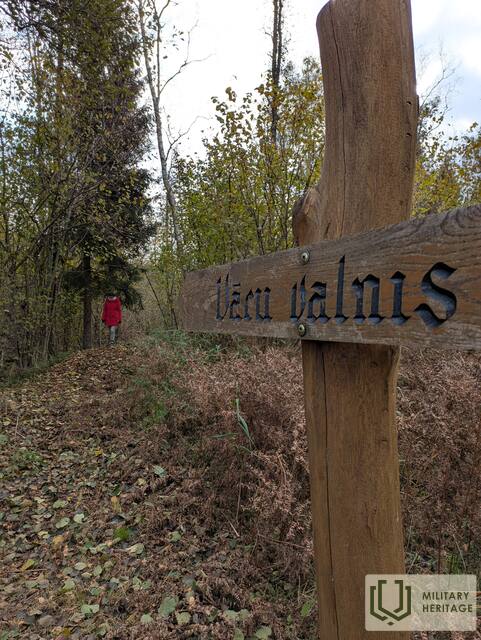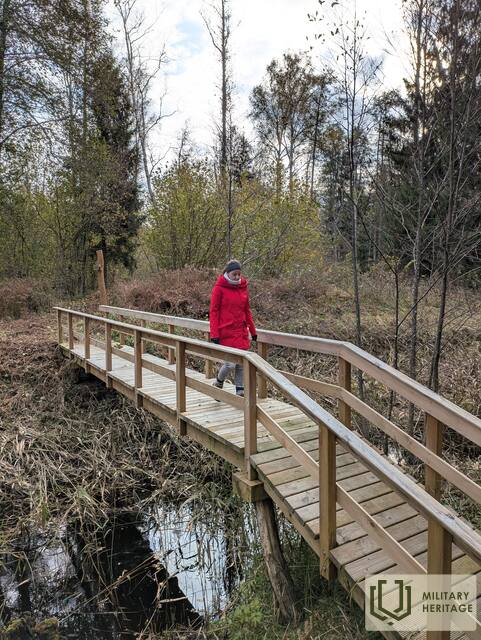German rampart Fortification

A "German Rampart" is a defensive fortification built by the German army and used during the Christmas Battles of 1916. It consists of an earthen rampart reinforced with wooden structures and barbed wire, forming a shield against attack. This type of fortification was common during World War I to strengthen front lines and protect troops.
The "German Wall" can be viewed by following a 7 km long hiking route, which begins at the Mangaļi House - the Christmas Battle Museum. In the vicinity of the museum - in the nearby forests, a natural trail runs along the "German Wall", which is also managed, that is - easily accessible for pedestrians. It should be taken into account that the "German Wall" is an open-air object - there may be a fallen tree, the terrain is uneven. The "German Wall" also extends further north and crosses the Maztīreļa Bog, but in this area it is overgrown and is more suitable for "adventure" and "expedition" seekers, not "Sunday walkers".
Related timeline
Related topics
Related stories
A diary entry about the moment when soldiers learn about preparations for the Christmas battles.
The Latvian riflemen and their officers were informed about the beginning of the battle at the last moment. The non-commissioned officer of the 5th Zemgale Latvian Riflemen Regiment, Rūdolfs Ivanovs, described in his diary the last evening before the start of the battle. A short, but vivid and authentic text that shows a very important moment for a soldier – learning about the day of the battle.
About Christmas battles
The Christmas Battles ended on January 11. The Latvian riflemen managed to capture the heavily fortified German army position - Ložmetējkalnu - on the third day of the battle. The price of the Christmas Battles was very high. Hundreds of Latvian and other Russian army soldiers had lost their lives trying to knock the Germans out of their positions. The narrator vividly describes the scenes on the battlefield after the end of the Christmas Battles.




